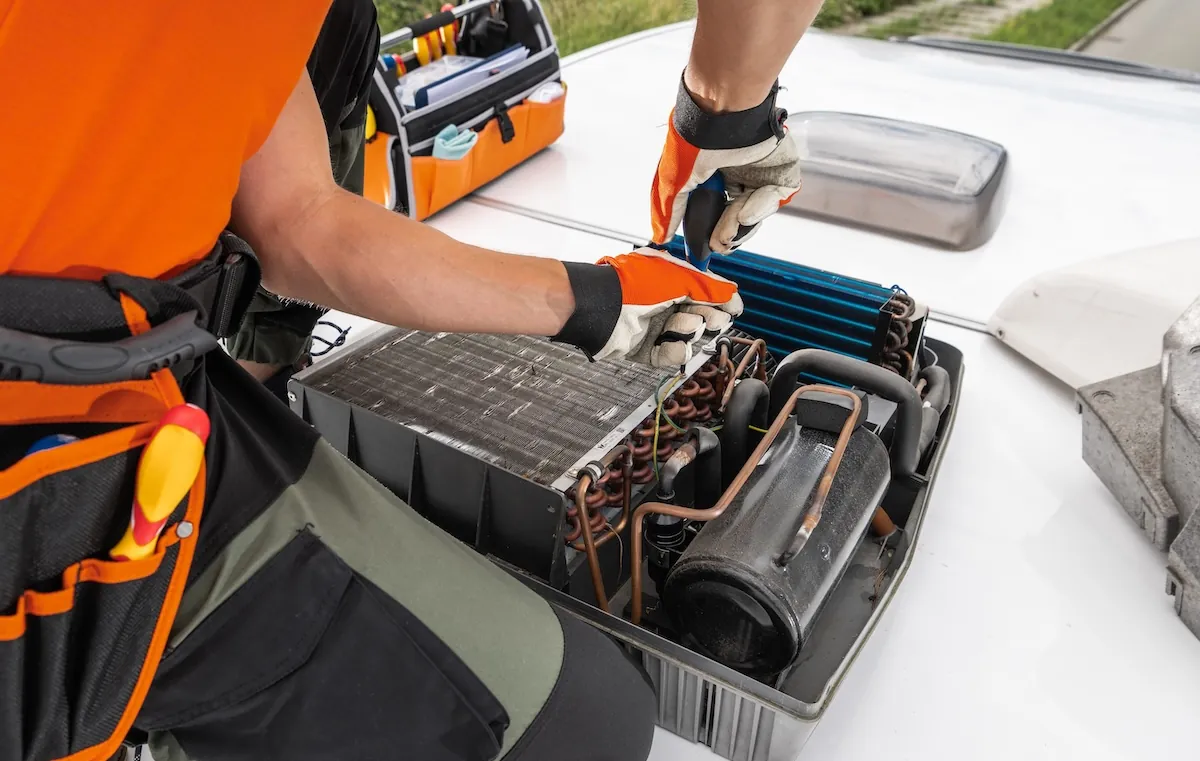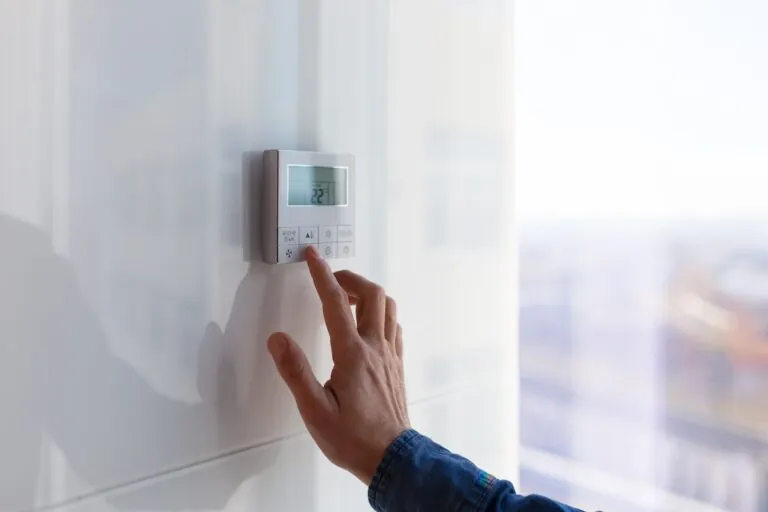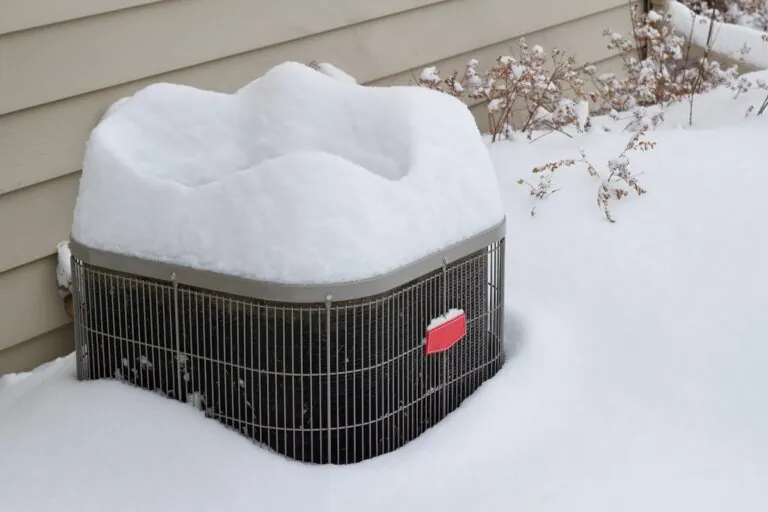If you want your air conditioner to run efficiently all summer long, it’s essential to know how to clean condenser coils as part of your routine home maintenance. Dirty coils are one of the most common reasons for poor cooling performance, high energy bills, and even premature system failure.
In this DIY guide, we’ll walk you through why coil cleaning matters, how often to do it, and the step-by-step process to safely clean your outdoor condenser unit.
- Dirty condenser coils reduce your air conditioner’s ability to release heat effectively.
- Cleaning the coils improves efficiency and helps prevent costly breakdowns.
- You can clean your AC coils yourself with a few basic tools and safety steps.
🤔 What Are Condenser Coils and What Do They Do?
Condenser coils are located in the outdoor portion of your central air conditioning system. They play a crucial role in the cooling cycle by releasing the heat that was removed from inside your home.
Here’s how it works: refrigerant absorbs heat from indoor air and carries it outside to the condenser coils. The outdoor fan helps blow air over the coils, and the heat is released into the atmosphere. If the coils are covered in dirt, leaves, or debris, they can’t do their job effectively.
This leads to higher energy use, longer run times, and potential damage to system components like the compressor.
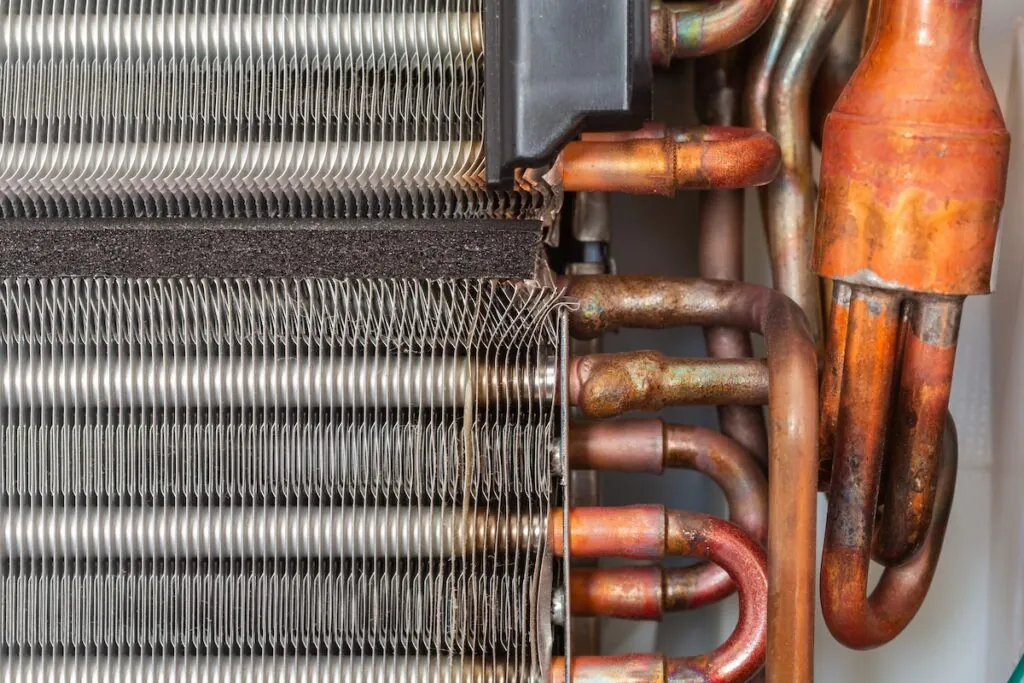
⚠️ Signs Your AC Condenser Coils Need Cleaning
It’s not always easy to see the coils inside the unit, but there are some telltale signs that they may need attention.
- The air conditioner runs longer than usual to cool your home
- Warm air comes from your vents instead of cool air
- The outdoor unit feels unusually hot to the touch
- Your energy bills have increased without a clear reason
- You notice visible debris, leaves, or dust buildup around the outdoor unit
If you’ve experienced any of these issues, it’s a good time to check and clean the condenser coils.
🗓️ How Often Should You Clean AC Condenser Coils?
In general, condenser coils should be cleaned at least once a year, typically before the start of the cooling season. If you live in a dusty area, have trees or plants near your unit, or use your AC heavily, you may need to clean them more often.
Scheduling annual AC maintenance with a professional is always a good idea, but homeowners can also take care of basic coil cleaning on their own with the right approach.
🧽 Tools and Materials You’ll Need
Before you start cleaning, gather the following tools and materials:
- Screwdriver or nut driver (to remove the access panel if needed)
- Garden hose with a spray nozzle
- Soft brush or fin comb
- Mild detergent or commercial coil cleaner
- Work gloves and safety glasses
- Optional: vacuum with a soft brush attachment
Always turn off power to your air conditioning system before performing any maintenance. You can do this by switching off the disconnect box near the outdoor unit or shutting off the breaker inside your home’s electrical panel.
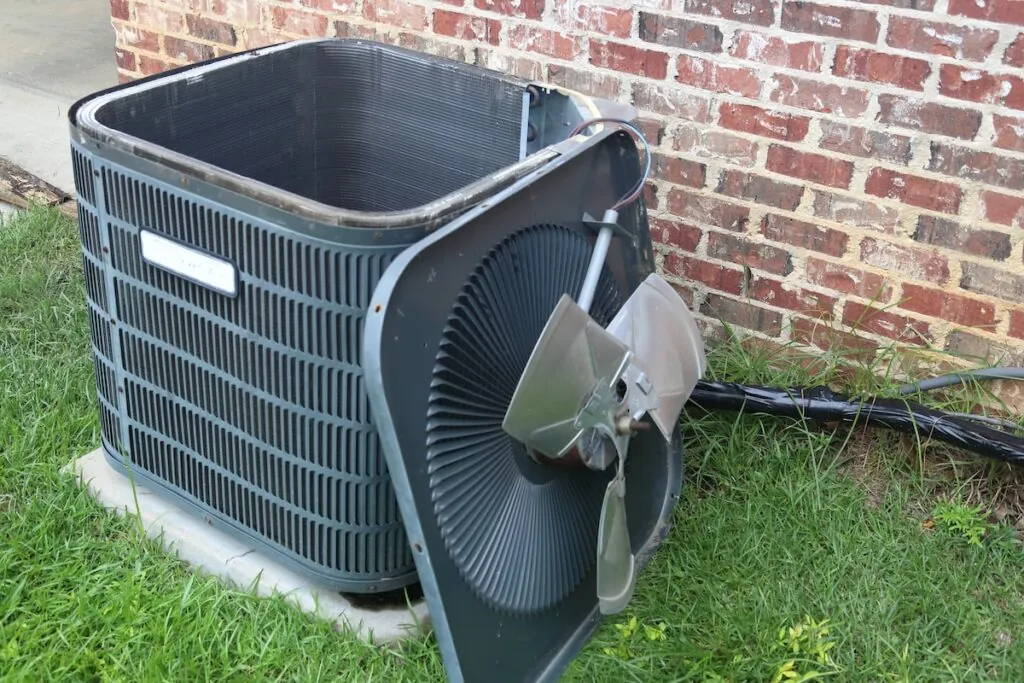
✅ 8 Step Guide: How to Clean Condenser Coils
Follow these steps carefully to safely and effectively clean your AC condenser coils.
Step 1: Shut Off Power to the Unit
Before doing anything else, turn off the power to your air conditioner to avoid any electrical hazards. This is a crucial safety step that should never be skipped.
- Locate the disconnect box near your outdoor unit and pull out the disconnect or flip the switch.
- Alternatively, turn off the circuit breaker labeled for your AC inside your electrical panel.
Step 2: Clear Away Debris Around the Unit
Use your hands or a small rake to remove leaves, twigs, and grass clippings from around the base of the unit. Trim back any vegetation or bushes to allow at least two feet of clearance for proper airflow.
Step 3: Remove the Outer Panel or Protective Grille
Depending on your unit’s design, you may need to remove a top or side panel using a screwdriver or nut driver. Be cautious of the fan wiring if you’re lifting the top off the unit. Set the panel aside in a safe place.
Step 4: Vacuum or Brush Loose Dirt from the Coils
Using a soft brush or a vacuum with a brush attachment, gently remove surface dust and debris from the coils. Work carefully to avoid bending the delicate fins on the coils.
If you do bend any fins, you can use a fin comb to straighten them back out. This helps preserve airflow and efficiency.
Step 5: Apply Cleaner or Soapy Water
You can use a commercial coil cleaner or mix a solution of warm water and mild dish soap.
- Spray the cleaner or soapy water generously onto the coils.
- Let it sit for 5 to 10 minutes so it can loosen dirt and grime.
If using a store-bought coil cleaner, always follow the instructions on the label for best results and safety precautions.
Step 6: Rinse the Coils with a Garden Hose
Use a hose with a gentle spray nozzle (never a pressure washer) to rinse off the cleaner and remaining debris.
- Spray from the inside out if possible, or angle the water carefully to avoid pushing debris further into the coils.
- Make sure all cleaner residue is removed to prevent buildup or corrosion over time.
Avoid spraying directly on electrical components and do not flood the unit.
Step 7: Reassemble the Unit
Once the coils are clean and dry, reattach any panels or grilles you removed. Make sure all screws or fasteners are secure.
Step 8: Restore Power and Test the System
Turn the power back on at the disconnect box or circuit breaker. Set your thermostat to cool and let the system run for a few minutes to ensure it’s working properly.
Listen for any unusual noises and check to see if your home starts cooling down as expected.
📞 When to Call a Professional
Cleaning the condenser coils is a great DIY project, but some situations require a professional touch.
- The coils are extremely dirty or caked with debris
- You suspect refrigerant issues or performance problems
- Your system continues to blow warm air after cleaning
- You’re not comfortable working around electrical components
At Genz-Ryan, our HVAC technicians perform thorough AC tune-ups that include coil cleaning, refrigerant checks, airflow testing, and more to keep your system running at peak performance.
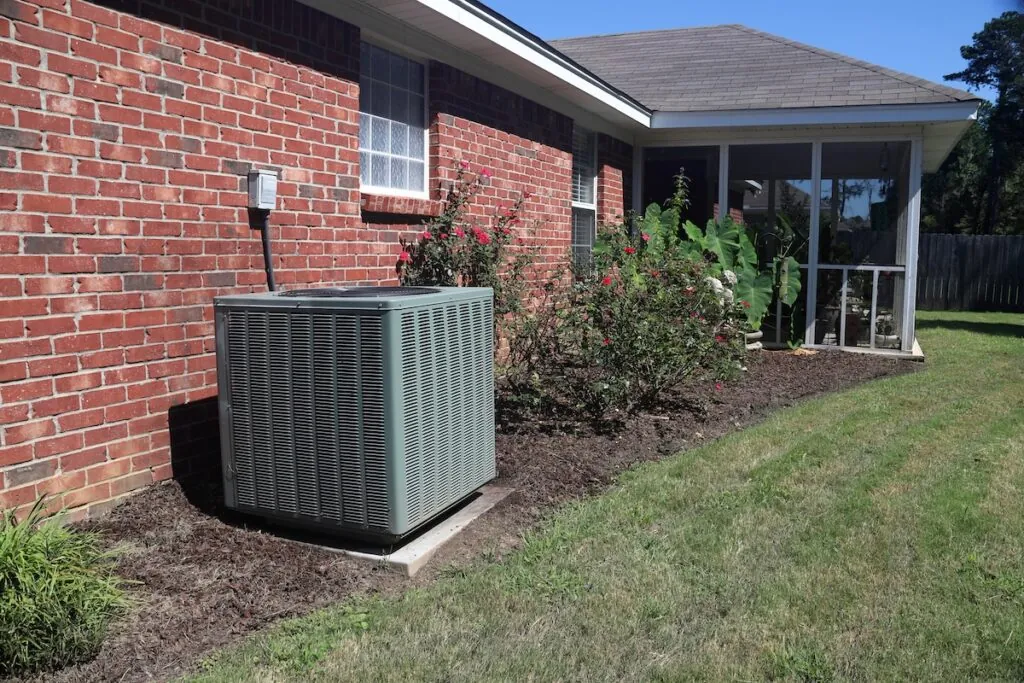
⭐️ Benefits of Regular Coil Cleaning
Keeping your AC condenser coils clean offers several important benefits for your home and system.
- Restores cooling performance by improving heat transfer
- Reduces energy usage and lowers utility bills
- Helps prevent system overheating or compressor damage
- Extends the lifespan of your air conditioning system
- Improves indoor comfort during hot weather
Coil cleaning is a small task that delivers big rewards when it comes to long-term system health.
❄️ Keep Your AC Running Strong With Clean Coils
Now that you know how to clean condenser coils, you can take an important step toward protecting your air conditioning system and improving home comfort. Regular cleaning is a simple task that can make a big difference in how well your AC performs.
If you’d rather leave it to the pros or want a full system check, contact Genz-Ryan today for a free quote or to schedule AC maintenance. We’ll keep your system clean, efficient, and ready for whatever summer brings.



